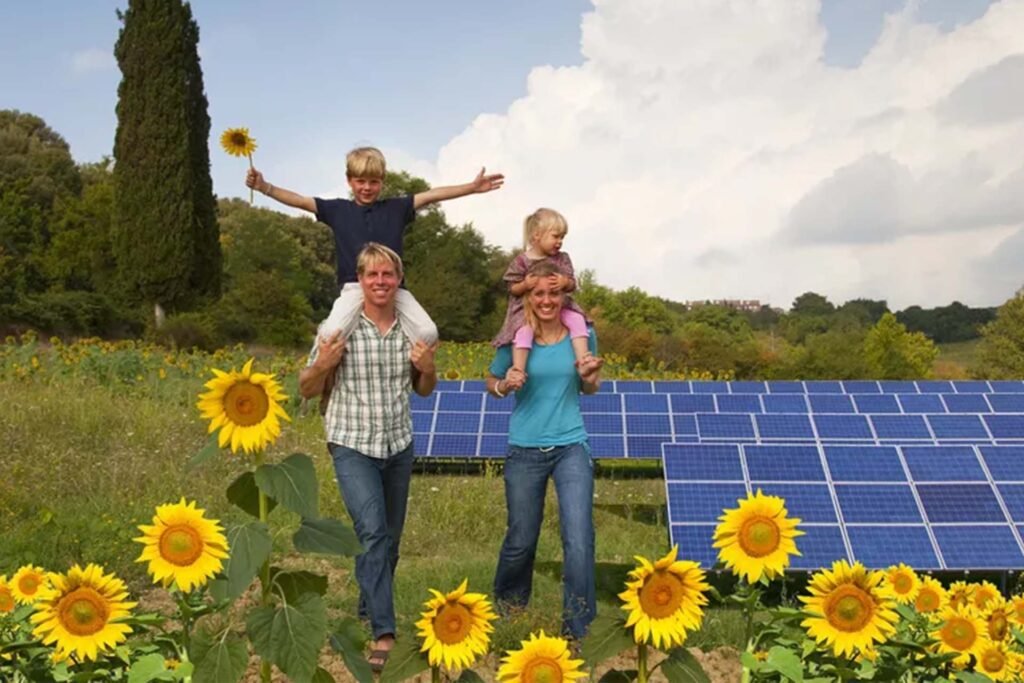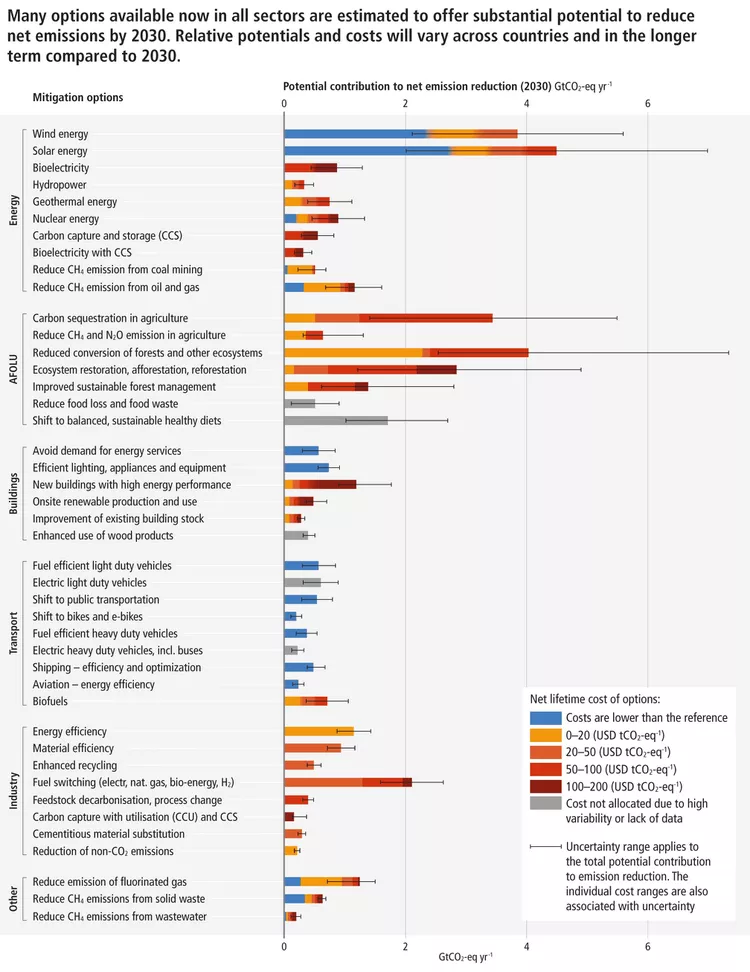An earlier post sparks some controversy and discussion.
This article is reproduced from the article of the author “Lloyd Alter”

What Is Net-Zero?
Net-zero is a scenario in which human-caused greenhouse gas emissions are reduced as much as possible, with those that remain being balanced out by the removal of greenhouse gas emissions from the atmosphere.
1. The only purpose of net-zero is to permit the continued burning of fossil fuels. If you live somewhere like Quebec with electric heating powered by zero-carbon hydroelectricity, you have nothing to offset; from an operating emissions perspective, you are at zero carbon emissions already. If you drive an electric car or e-bike in Quebec, you have nothing to net.
2. We know how to make our buildings and transport get close to zero operating emissions. Build new ones to the Passivhaus standard where they need almost no energy to run; insulate and heatpumpify the existing buildings; and reduce demand enough that they make up the difference with zero-carbon electricity. Doing this makes net-zero moot.
3. We know how to decarbonize the electricity supply. Inside Climate News reports on a paper that concludes that 100% renewable energy is doable, even taking into account intermittency and variability. They quote Amory Lovins: “It’s become increasingly obvious over the past few decades that all-renewable electricity can work well pretty much anywhere,” Lovins said. “Denial is increasingly confined to the uninformed.” The abstract of the paper notes that we will need to use our energy more carefully: “A lower production level may be set by the amount of energy that is available from renewable sources, and society may thus have to be reshaped with energy economization in focus.”1 It may not be cheap, and the power line NIMBYs will complain: “The costs and technical challenges are high when moving from a mostly renewable system to an all-renewable system. The challenges have to do with building many interstate power lines and accounting for the variable nature of wind and solar, among other issues.” But it is a target.
4. Relying on net-zero lets people avoid doing the hard stuff. Nobody wants to change, and net-zero offers a convenient way out. According to a recent biography, Buckminster Fuller used to say that “changing human nature is hard, and when you try, you mostly fail, and it’s discouraging. Changing tools and technology is relatively easy.” So, let’s plant a zillion acres of trees and build big machines that suck CO2 out of the air instead of trying to reduce demand.
5. We don’t have time. Take a flight now, and the CO2 goes into the air now and counts against the carbon ceiling we have to stay under to avoid 1.5 or 2 degrees Celsius of global heating. Plant a tree as an offset, and it takes 60 years for it to eat up the equivalent in CO2. Dr. Rod Carr of HLEG (United Nations High-Level Expert Group on the Net-Zero Emissions Commitments of Non-State Entities) recently noted that offsets simply cannot do the job and that “as climate change impacts worsen and mitigation becomes more urgent, the focus will—very quickly—return to emissions and away from offsets.”
And yet, even net-zero is actually controversial in these times of flood and drought and fire, when many say we have to go much further. Passivhaus consultant Monte Paulsen noted:
“The concept of ‘net-zero’ is shortsighted, at best. If our planetary economy achieves ‘net-zero’ at 3C average global warming—as the IPPC currently suggests—we will belatedly stop making things worse while living in a hellscape of economic destruction. We will require decades (or centuries) of ‘net negative’ GHG emissions to reverse 3C of global heating back to survivable 1950s levels. As a result, ‘net-zero’ is, at best, the wrong target. Instead, we need to be aiming for net-negative with no offsets.”
Policy analyst and consultant Michael Hoexter defended net-zero, but not in the way it is being used today.
“Net-zero is perfectly good science misused as a delay tactic to avoid cutting emissions, degrowing, and restructuring our industrial ecology to emit, yes, net zero or net negative emissions. Because of the biology of human and animal respiration, absolute zero is impossible/death. Those who inveigh against net-zero as an ultimate evil seem to forget that we will always need to balance our emissions, only, if sustainable, at a radically lower level than today. They are mistaking its misuse for the unavoidable balance we will need to strike. They should be focusing their fire on high-emitters (carbon sources) hiding behind the promotion of carbon sinks to avoid their own quitting of fossil fuels or pushing that change off onto low emitters. The prioritization of carbon sinks hides the unwillingness to quit.”
Nick Aster of South Pole made a similar point about the need for balance.
“First, I really don’t care that much if a company wants to use the term ‘net-zero’ or not. It’s just a placeholder term (can we think of a better one?) that, at least in theory, is meant to describe both the science-based reduction in emissions as well as the offsetting of remainders—in theory along the path to more and more reductions. So, I don’t really see a problem with it. There’s also really no such thing as ‘zero emissions’ so I see that goal as just as nebulous as claiming net-zero with some residual offsets. I think critics should focus on greenwashing, and the claims companies are making, and their failure to decarbonize, rather than the carbon markets themselves (which certainly do need more transparency).”

As for Hoexter’s statement that absolute zero is impossible, perhaps he is misunderstanding what I mean by the term, which comes from the British researchers of UK Fires, where we reduce demand with today’s technologies to the point where it can be met with carbon-free electricity. As for Nick Aster saying that there is no such thing as “zero emissions,” we can get pretty darn close with both upfront and operating emissions.

The Intergovernmental Panel on Climate Change (IPCC) Working Group III report also told us what to do to reduce absolute emissions and what it would cost.
In the end, we cannot rely on offsets and have to go straight for reducing emissions as far and as fast as we can because the offsets just aren’t there. As Dr. Carr noted, “It turns out that the permanent, additional, verifiable, auditable removal of carbon from the air is estimated to have accounted for 100,000 tonnes of carbon dioxide equivalent last year. Out of 55 billion tonnes of emissions.”
I will continue to take the position that we should forget about the net, that what we want to see is a real number representing greenhouse gas emissions after we strive to reduce demand, clean up the electricity supply, and electrify everything. Then perhaps we can talk about legit offsets for what’s left.






